Introduction
Overview of Metal Roofing
 Metal roofing has become increasingly popular for both residential and commercial buildings. This roofing type encompasses a variety of materials, including steel, aluminum, copper, and zinc. Each material offers unique benefits and potential drawbacks, making it essential to understand the full scope of what metal roofing entails.
Metal roofing has become increasingly popular for both residential and commercial buildings. This roofing type encompasses a variety of materials, including steel, aluminum, copper, and zinc. Each material offers unique benefits and potential drawbacks, making it essential to understand the full scope of what metal roofing entails.
Brief History and Evolution
Historically, metal roofing has been used for centuries, dating back to ancient civilizations that valued its durability and protection. Over time, advancements in technology and manufacturing have refined metal roofing, making it a versatile and efficient choice for modern architecture.
The Pros of Metal Roofing
1. Durability and Longevity
One of the most significant advantages of metal roofing is its exceptional durability and long lifespan. Metal roofs can last between 40 to 70 years, far outlasting traditional asphalt shingles. They withstand harsh weather conditions, including heavy rain, snow, and high winds, without deteriorating.
2. Energy Efficiency
Metal roofs are highly energy-efficient due to their reflective properties. They reflect solar radiant heat, reducing cooling costs by up to 25%. The thermal emissivity of metal roofing also aids in minimizing heat retention, contributing to lower energy bills and a more comfortable indoor environment.
3. Environmentally Friendly
Metal roofing is an eco-friendly option, as it is often made from recycled materials and is 100% recyclable at the end of its life. This reduces the environmental impact compared to other roofing materials that contribute to landfill waste.
4. Safety
Metal roofs are non-combustible and have a Class A fire rating, the highest rating for fire resistance. This makes them a safer option, especially in areas prone to wildfires. Additionally, metal roofs can withstand high winds and impact from debris, providing superior protection during storms.
5. Low Maintenance
Maintaining a metal roof is relatively easy and cost-effective. They require minimal upkeep compared to other roofing types, retaining their appearance and functionality with little intervention. Occasional cleaning and inspections are usually sufficient to keep them in excellent condition.
6. Aesthetic Versatility
Metal roofing comes in a wide range of styles, colors, and finishes, allowing homeowners to match their roof with their architectural preferences. Whether mimicking traditional shingles, slate, or tile, metal roofing offers versatile aesthetic options.
7. Weight
Metal roofing is significantly lighter than traditional roofing materials like tiles or concrete. This reduces the load on the building structure, potentially allowing for faster installation and less strain on the structural integrity of the property.
The Cons of Metal Roofing
8. Initial Cost
The initial cost of metal roofing can be higher than other roofing materials. This includes both the price of materials and installation. However, this investment is often offset by the long-term savings on maintenance, repairs, and energy costs.
9. Noise
Metal roofs can be noisier than other types, particularly during heavy rain or hailstorms. However, proper insulation and underlayment can mitigate this issue, reducing noise levels to a more acceptable range.
10. Expansion and Contraction
Metal roofing expands and contracts with temperature changes, which can cause issues over time if not properly installed. This can lead to the loosening of fasteners and potential leaks. Ensuring a professional installation with the right components can minimize these effects.
11. Denting and Surface Damage
Although durable, metal roofs can be susceptible to denting from hail or falling debris. Repairing these dents can be more complex than fixing minor damage on other roofing materials, and some metals are more prone to denting than others.
12. Complex Installation
Metal roofing requires specialized installation techniques that are best handled by experienced contractors. Improper installation can lead to significant problems, including leaks and reduced lifespan. It is crucial to hire qualified professionals for the job.
13. Limited Walking Access
Walking on metal roofs can be risky, as they can be slippery and prone to damage from foot traffic. Safety measures, such as using walkways or roof harnesses, are essential when accessing the roof for maintenance or repairs.
14. Color Matching Challenges
Over time, the color of metal roofing can fade due to exposure to the elements. Replacing panels may result in noticeable color differences, which can affect the roof’s overall appearance. Selecting high-quality coatings and finishes can help maintain a consistent look.
Detailed Comparisons
15. Metal Roofing vs. Asphalt Shingles
- Cost: Metal roofing has a higher upfront cost but lower long-term expenses due to its durability and energy efficiency.
- Durability: Metal roofs last significantly longer than asphalt shingles.
- Aesthetics: Metal roofing offers more style and color options.
- Climate Suitability: Both materials perform well in different climates, but metal excels in areas with extreme weather.
16. Metal Roofing vs. Tile Roofing
- Weight: Metal roofing is lighter, reducing the load on the structure.
- Installation: Metal roofing requires specialized techniques, while tile roofing is more labor-intensive.
- Lifespan: Both offer long lifespans, but metal roofing generally requires less maintenance.
- Aesthetics: Tile roofs provide a traditional look, while metal offers more versatility.
17. Metal Roofing vs. Wood Shakes
- Environmental Impact: Metal roofing is more eco-friendly due to its recyclability.
- Fire Safety: Metal roofs have superior fire resistance compared to wood shakes.
- Maintenance: Metal roofs require less maintenance and are less susceptible to rot and insect damage.
- Cost: Wood shakes can be cheaper initially but have higher maintenance costs.
Considerations for Homeowners
18. Regional and Climate Considerations
Metal roofing is suitable for various climates, but its performance can vary based on local weather conditions. For instance, metal roofs are excellent for areas with heavy snow due to their ability to shed snow easily. However, in hot climates, their reflective properties can help reduce cooling costs.
19. ROI and Property Value
Investing in metal roofing can enhance the resale value of a home. Buyers often appreciate the durability, energy efficiency, and low maintenance requirements, making properties with metal roofs more attractive.
20. Choosing the Right Metal Roofing
Selecting the right metal roofing involves considering factors such as material, style, and color. Consulting with a reliable contractor can help homeowners make informed decisions and ensure proper installation.
Conclusion
Metal roofing offers a multitude of benefits, including longevity, energy efficiency, and aesthetic versatility. While the initial cost may be higher, the long-term savings and minimal maintenance make it a worthwhile investment. Balancing the pros and cons is essential for making an informed decision that suits your specific needs and preferences.

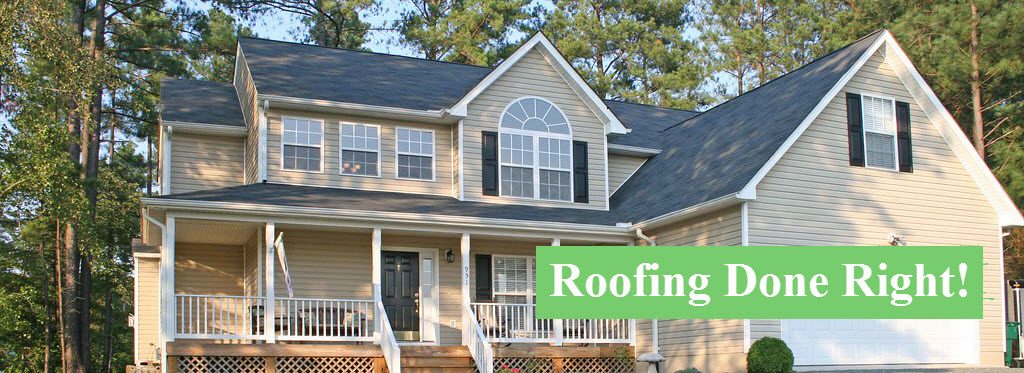
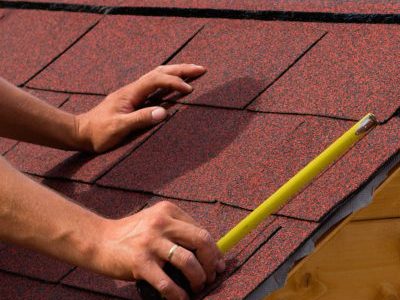
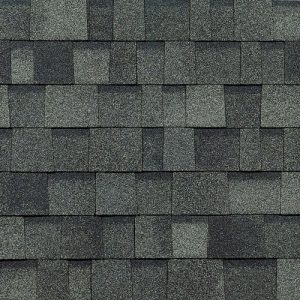 Both laminated roof shingles as well as conventional 3-tab shingles offer efficient defense against wind. They likewise, defend against damaging water infiltration from wind-driven rainfall, offering you improved defense against the elements. In the roof market, laminated shingles tiles are more often described as being “architectural” because they’re specifically engineered to offer dimension to the roof covering by way of each individual roof shingles’ shape, cut and thickness. Therefore, the movement towards 3-tabs to architectural laminated tiles was basically for aesthetic purposes.
Both laminated roof shingles as well as conventional 3-tab shingles offer efficient defense against wind. They likewise, defend against damaging water infiltration from wind-driven rainfall, offering you improved defense against the elements. In the roof market, laminated shingles tiles are more often described as being “architectural” because they’re specifically engineered to offer dimension to the roof covering by way of each individual roof shingles’ shape, cut and thickness. Therefore, the movement towards 3-tabs to architectural laminated tiles was basically for aesthetic purposes.
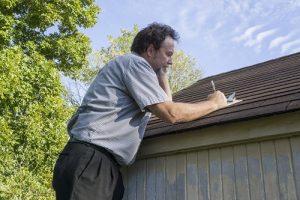 The importance of a home inspection should not be underestimated. It’s a must-do that can help homeowners save money now and in the future. However, many buyers are so blinded by the excitement of buying a home that they gloss over problem areas. If there are issues with a home, regardless of its size, the buyer should hire a roofer for a complete examination and estimate for roof repair
The importance of a home inspection should not be underestimated. It’s a must-do that can help homeowners save money now and in the future. However, many buyers are so blinded by the excitement of buying a home that they gloss over problem areas. If there are issues with a home, regardless of its size, the buyer should hire a roofer for a complete examination and estimate for roof repair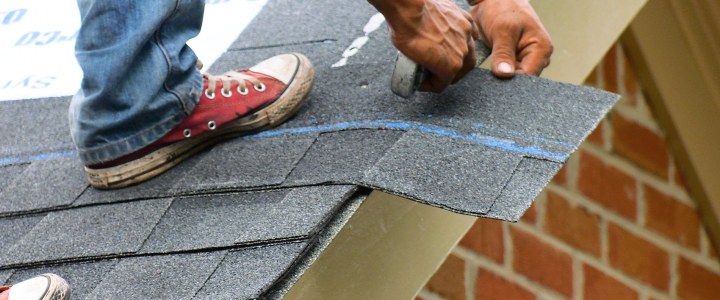
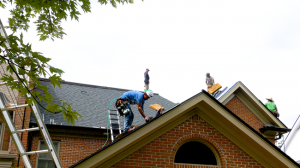
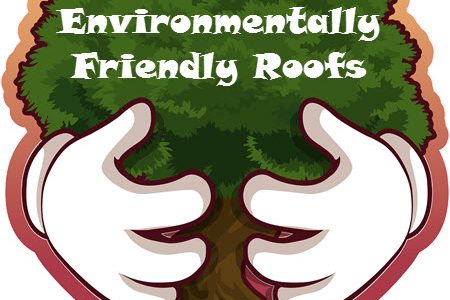
 Many home owners desire to have a more environmentally friendly roofing system in order to reduce its impact on the environment. In addition to fundamental changes, such as mounting power effective devices and low-flow shower heads, it is additionally feasible to minimize a residence’s ecological effect by making changes to the roofing. Below are some typical roof methods a Lansdale roofer told us about that can make your house eco-friendly, which can also help lower energy usage as well as energy costs every month.
Many home owners desire to have a more environmentally friendly roofing system in order to reduce its impact on the environment. In addition to fundamental changes, such as mounting power effective devices and low-flow shower heads, it is additionally feasible to minimize a residence’s ecological effect by making changes to the roofing. Below are some typical roof methods a Lansdale roofer told us about that can make your house eco-friendly, which can also help lower energy usage as well as energy costs every month.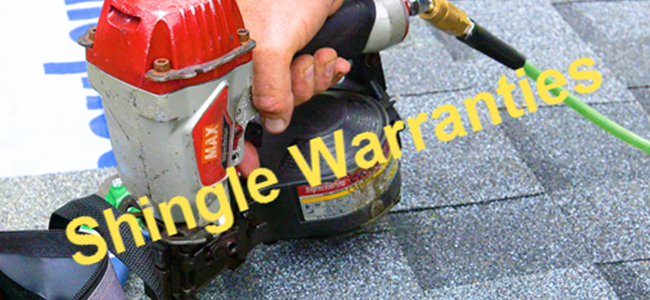
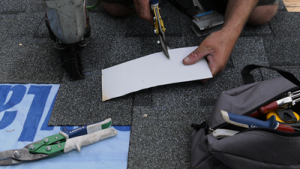 So, since you’re now doubtful when it comes to roof shingle warranties, how do you figure out whether the issue of a leaking roof is brought on by faulty shingles? A lot of the most common production defects can be identified by an untrained eye. Despite typical wear-and-tear, your roofing system will not look like new for very long. This doesn’t mean you have actually been duped or that you’ve been sold an inferior shingle. Often you can identify issues that are abvious such as shingles that are blistering, splitting or fracturing. This may mean that they are defective but the issue could also be how they were installed. Small amounts of curling at the edges is often present even in regular, correctly made shingles. However considerable curling may be an indicator of trouble. Bald spots, where the granules outside of the shingle are exfoliating and exposing the asphalt is another tell-tale sign of a failing shingle. Discoloration might be triggered by algae development which will often occur on the north side of a roof where is doesn’t receive much sunlight. Not all roof shingles are ensured against algae growth damage so you should thoroughly read the fine print to find out if your shingles are supposed to be warranted against algae growth.
So, since you’re now doubtful when it comes to roof shingle warranties, how do you figure out whether the issue of a leaking roof is brought on by faulty shingles? A lot of the most common production defects can be identified by an untrained eye. Despite typical wear-and-tear, your roofing system will not look like new for very long. This doesn’t mean you have actually been duped or that you’ve been sold an inferior shingle. Often you can identify issues that are abvious such as shingles that are blistering, splitting or fracturing. This may mean that they are defective but the issue could also be how they were installed. Small amounts of curling at the edges is often present even in regular, correctly made shingles. However considerable curling may be an indicator of trouble. Bald spots, where the granules outside of the shingle are exfoliating and exposing the asphalt is another tell-tale sign of a failing shingle. Discoloration might be triggered by algae development which will often occur on the north side of a roof where is doesn’t receive much sunlight. Not all roof shingles are ensured against algae growth damage so you should thoroughly read the fine print to find out if your shingles are supposed to be warranted against algae growth.